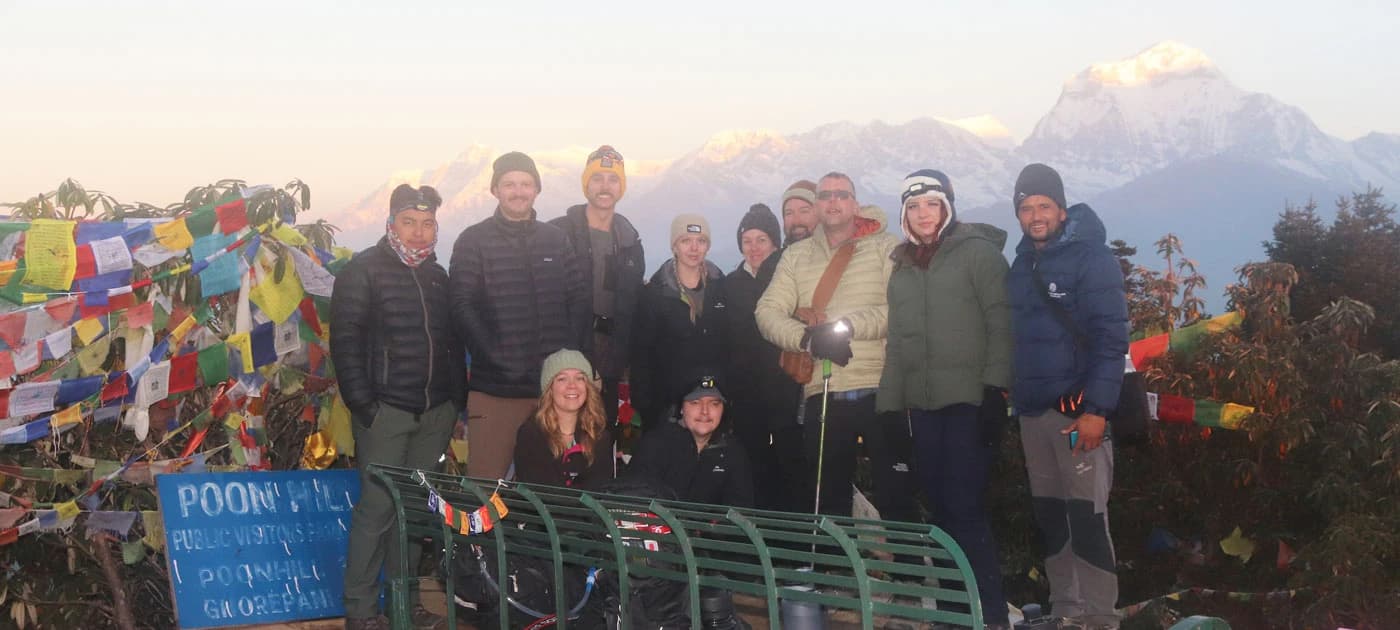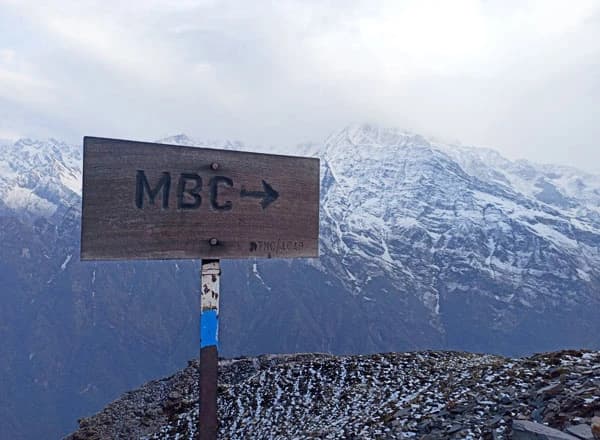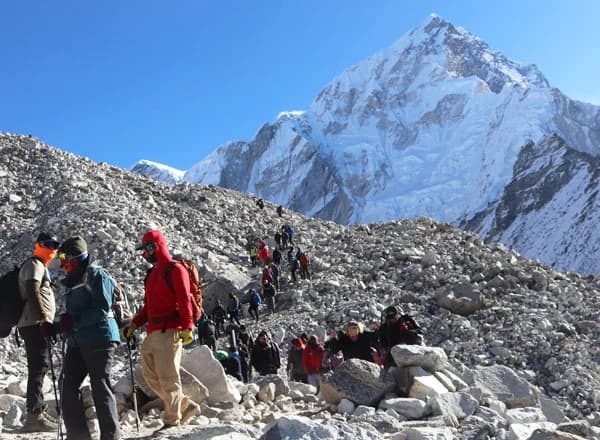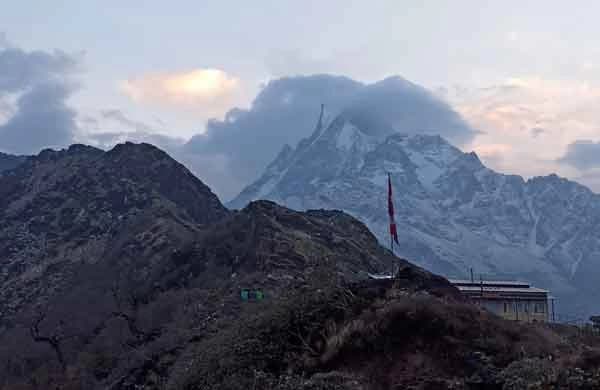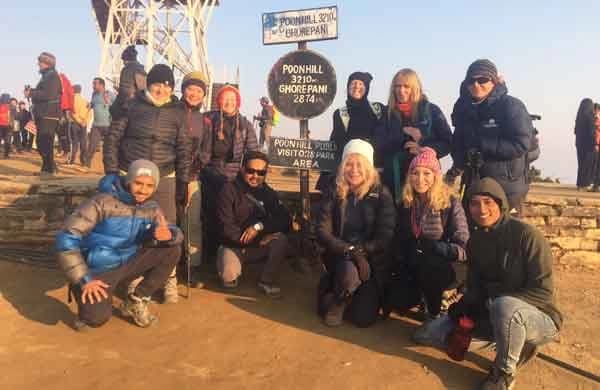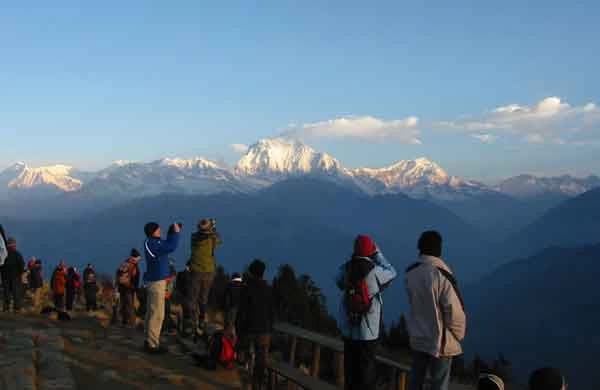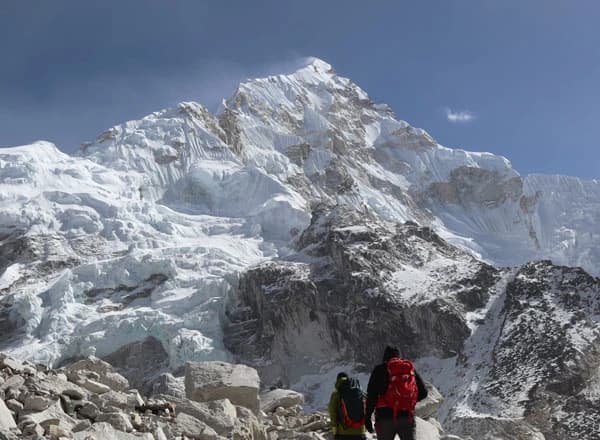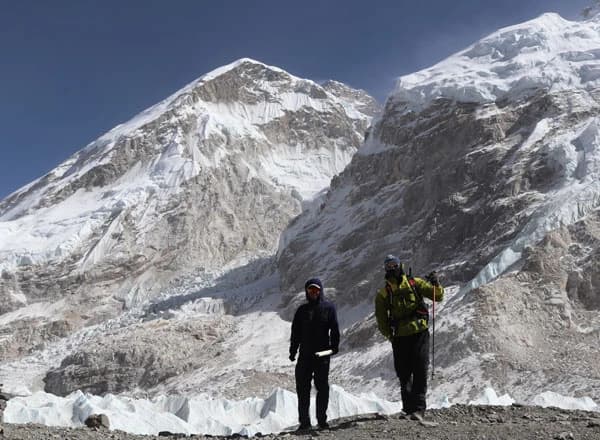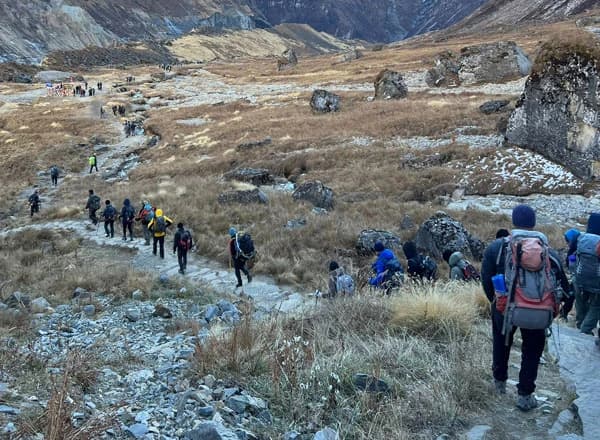The Best Time for the Ghorepani Poon Hill Trek are spring and autumn. The time you choose for the Trek is crucial to maximize mountain views, enjoy favorable trails, experience the natural beauty of your Trek, and bask in the sense of accomplishment upon completing the Trek successfully. However, you can do the Ghorepani Poon Hill Trek every season with some extra preparation, such as winter and summer or monsoon season.
Best time for Ghorepani Poon Hill Trek
Ghorepani Poon Hill Trek in Spring Season (March, April, and May)
Spring is prime time for the Ghorepani Poon Hill Trek. It offers comfortable temperatures and vibrant natural scenery. Daytime temperatures typically range between 0 and 20 degrees Celsius. Clear blue skies characterize the weather and provide unobstructed views of the majestic Himalayan ranges, making it a visual treat for trekkers.
March through May brings a vibrant transformation to the Ghorepani Poon Hill Trek trails, the rhododendrons flower blooms in full in spring. The forest along the trail is a riot of color, with vivid red, pink, and white flowers. This natural spectacle adds a magical dimension to your Trek, filling you with awe and wonder at the beauty of nature. The trails during spring are typically dry and well-maintained, making navigation less challenging even for less experienced trekkers.
The spring also offers the advantage of longer daylight hours, allowing more flexible trekking schedules and ample time to appreciate the stunning landscapes. The weather pattern is relatively predictable during spring, with mornings and early afternoons remaining clear.
Spring is one of the best seasons to trek Ghorepani Poon Hill. The mild weather and the clear skies offer unobstructed views of the mountains. The pricing is also during the peak season for trekking in Nepal, when the trails can get crowded and accommodations may be limited. It's crucial to book your Trek in advance during this season to ensure you have a place to stay and can avoid disappointment.
Ghorepani Poon Hill Trek in Autumn Season (September, October, and November)
Autumn is the peak trekking season in Nepal. From late September through November, the weather conditions reach their optimal state for the Ghorepani Poon Hill Trek routes. Following the monsoon, the landscape appears freshly washed, with exceptional clarity for mountain views and best for photography.
Autumn offers the Ghorepani Poon Hill Trek at its best. Daytime temperatures hover around a comfortable 15 degrees Celsius, and the stable weather offers consistently clear skies and minimal precipitation, making it ideal for the Trek.
October is the absolute prime time within this season and offers the perfect balance of comfortable temperatures and unparalleled visibility. The air quality during autumn is exceptional, offering crisp, unobstructed views of the Annapurna range, Machapuchare (Fishtail), and numerous other peaks dominating the Trek's horizon.
Autumn is another popular season for trekking in Nepal, and for good reason. The weather is pleasant, and the clear skies offer stunning views of the mountains.
Ghorepani Poon Hill Trek in Shoulder Seasons: Early Spring (February to Early March)
This window represents an excellent compromise for trekkers, as trail conditions are generally manageable with proper equipment, while the number of fellow trekkers remains significantly lower than during peak seasons. The specific recommendation of mid-February to early March for Ghorepani Poon Hill Trek suggests this could be an optimal time for the Trek for those prioritizing solitude over perfect weather.
Ghorepani Poon Hill Trek in Shoulder Seasons: Late Autumn (Late November to December)
December represents another best shoulder season for the Ghorepani Poon Hill Trek. The weather typically remains dry and clear at this time, and mountain views offer excellent visibility. However, temperatures drop significantly, particularly at the higher elevations of the Trek.
Ghorepani Poon Hill Trek in Monsoon (June, July, and August)
In Nepal, the summer season is from June through mid-September. The summer generally represents the least favorable time for attempting the Ghorepani Poon Hill Trek. Nepal experiences significant rainfall, which creates numerous challenges during summer.
The monsoon season, from June through mid-September, presents significant challenges for the Ghorepani Poon Hill Trek. The daily rain makes trails muddy and slippery, making walking difficult. Additionally, the lower forested sections of the Trek become infested with leeches, creating an unpleasant experience.
Additionally, the monsoon season brings elevated risks of landslides and trail damage in the Annapurna region. At the same time, some trekkers do attempt Ghorepani Poon Hill Trek in the monsoon. Heavy rainfall can make the trails slippery and dangerous, and clouds and fog may obstruct the views. You must be more prepared when going on a monsoon season trek to Ghorepani Poon Hill.
Ghorepani Poon Hill Trek in Winter Season (December and January)
The heart of winter is from mid-December to January in Nepal. The cold and snowfall in winter increase the challenges on the Ghorepani Poon Hill Trek. Temperatures at higher elevations drop dramatically, with nighttime temperatures at Ghorepani Poon Hill below -10 degrees.
Winter Ghorepani Poon Hill Trek should be considered by experienced trekkers with proper winter equipment and preferably with experienced guides familiar with winter conditions in the area.
Winter is the least popular season for the Ghorepani Poon Hill trek, but it can still be a great time to visit. The weather is cold, but the skies are clear, offering uninterrupted views of the mountains. The trails are less crowded, and Accommodations may be more readily available.
The temperatures can drop below freezing in winter, so it's essential to pack warm clothing and gear. The higher altitudes may also experience heavy snowfall, making the Trek more challenging.
Conclusion
The Ghorepani Poon Hill trek is available throughout the year, but certain seasons offer the best experience. Let us know if you need any further information about the Trek.
Is an Everest Base Camp Trek in February possible? Yes, it is, and it is enjoyable. Given this month's poor reputation for unstable weather and a cold climate, February sounds like a very odd time [...]
Start the New Year with a challenge of a lifetime that will shape you to become the most excellent version of yourself. Join us for the Everest Base Camp Trek in January and get guided [...]
It is undoubtedly possible to trek in Nepal during the winter season, which lasts from December to February. December starts the winter season, and February ends it. So, trekking in Nepal in December and February [...]
